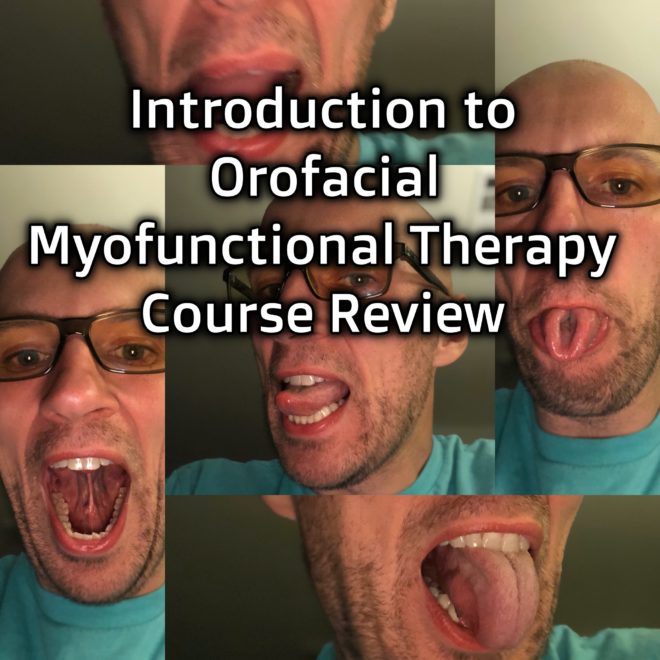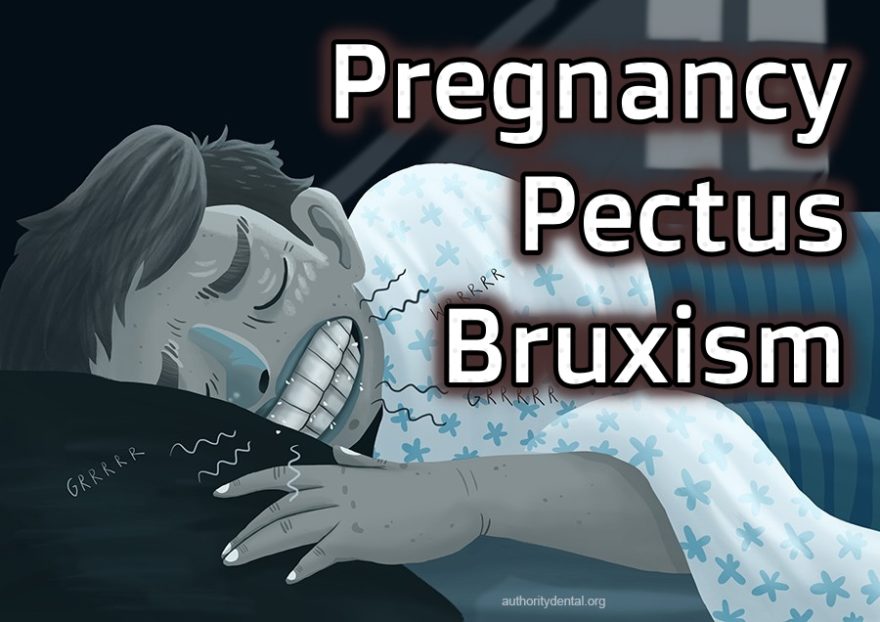Tag: clenching

The Keys to Improving Your Upper Airway
Sleep apnea, upper airway resistance, snoring, grinding your teeth, ADHD; what do all of these areas have in common? Many…

Introduction to Orofacial Myofunctional Therapy Course Review
How improving tongue mobility can impact sleep and nasal breathing I hit a plateau. I was getting good results with…

Pregnancy, Pectus, and Bruxism – Movement Debrief Episode 106
Movement Debrief Episode 106 is in the books. Below is a copy of the video for your viewing pleasure, and…
